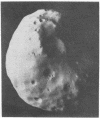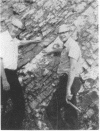Full text
PDF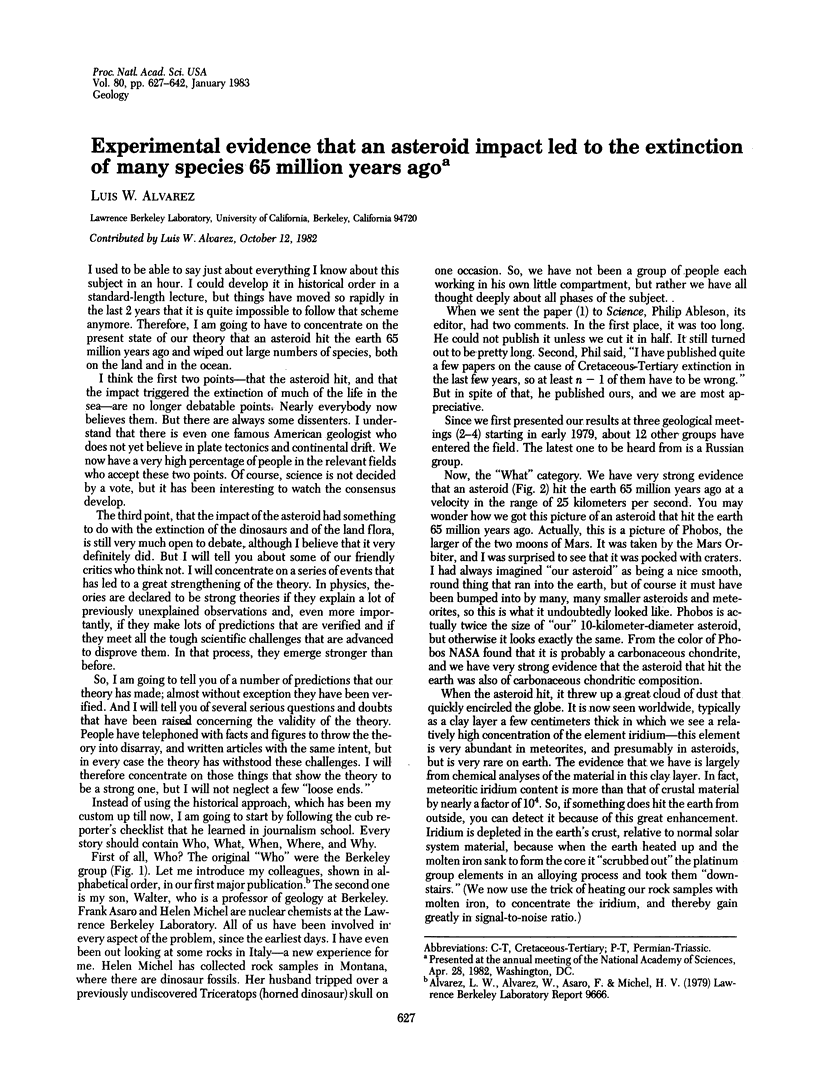
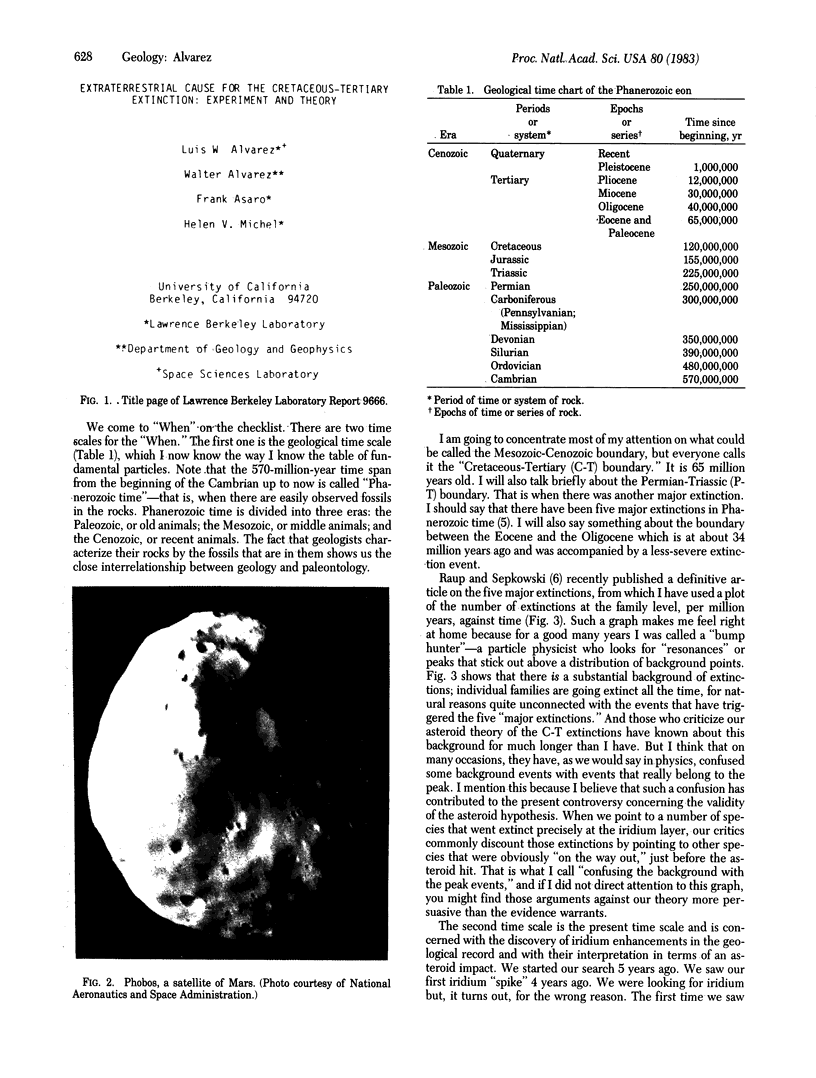
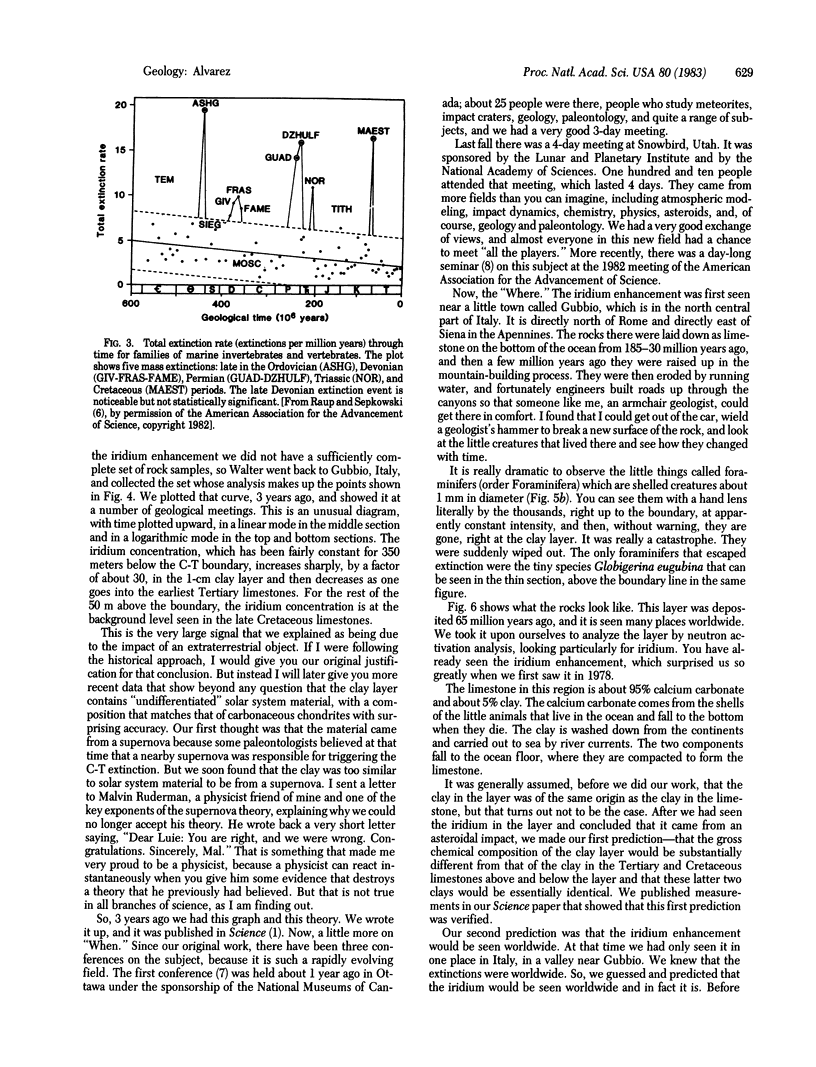
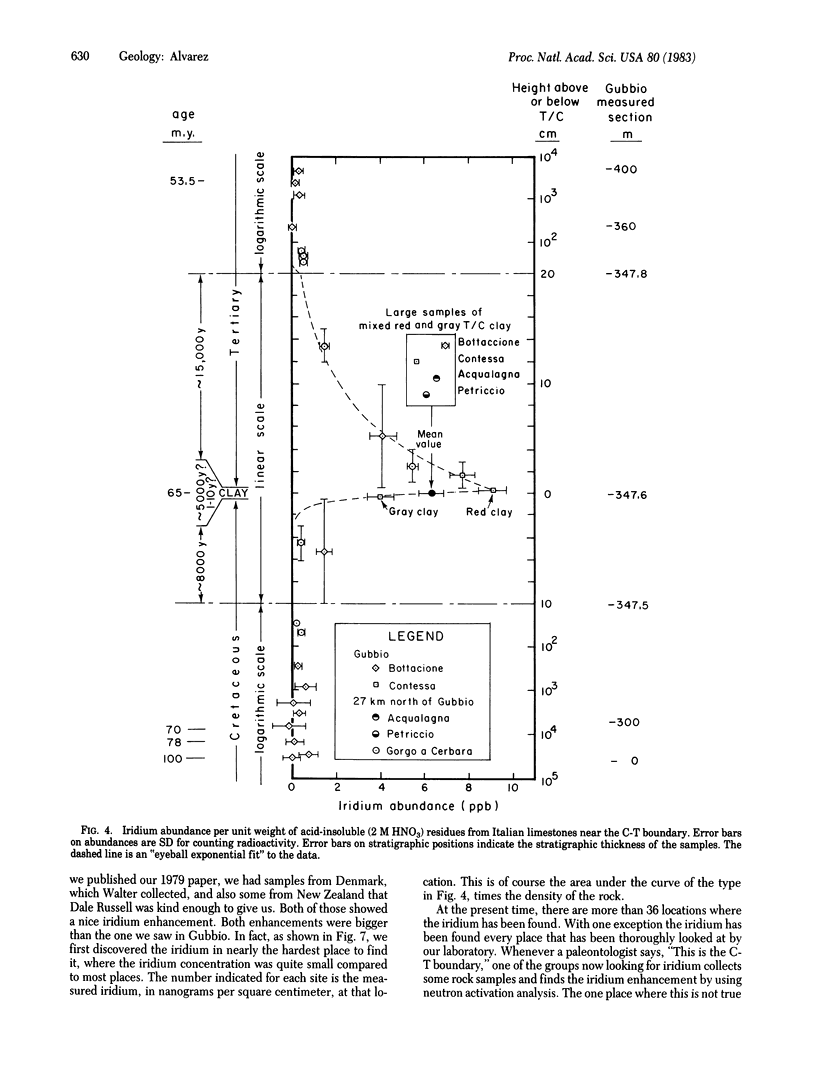
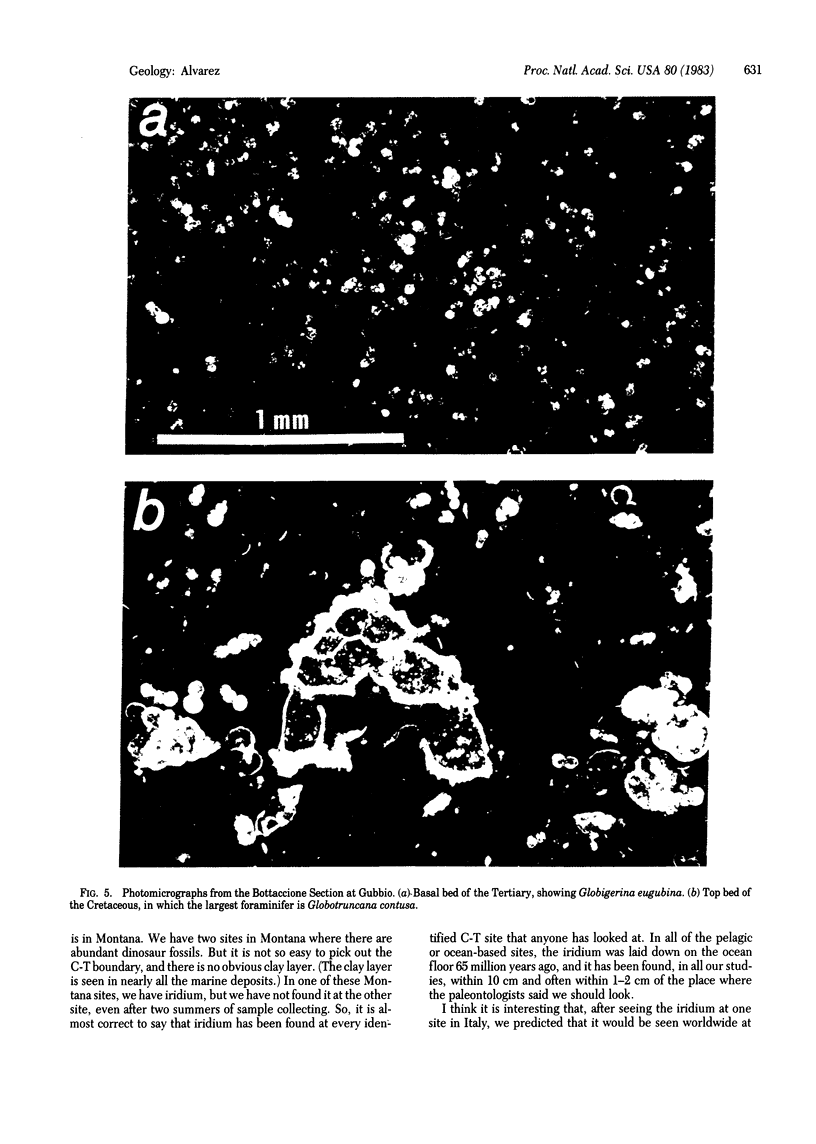
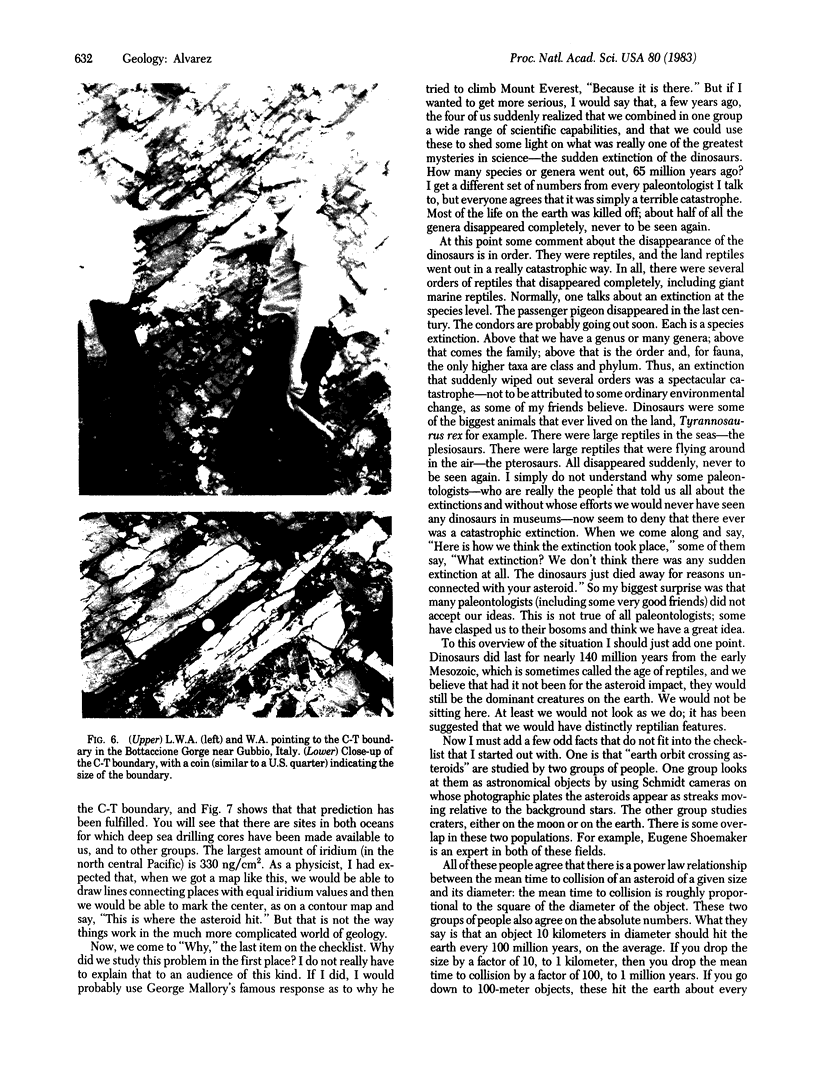
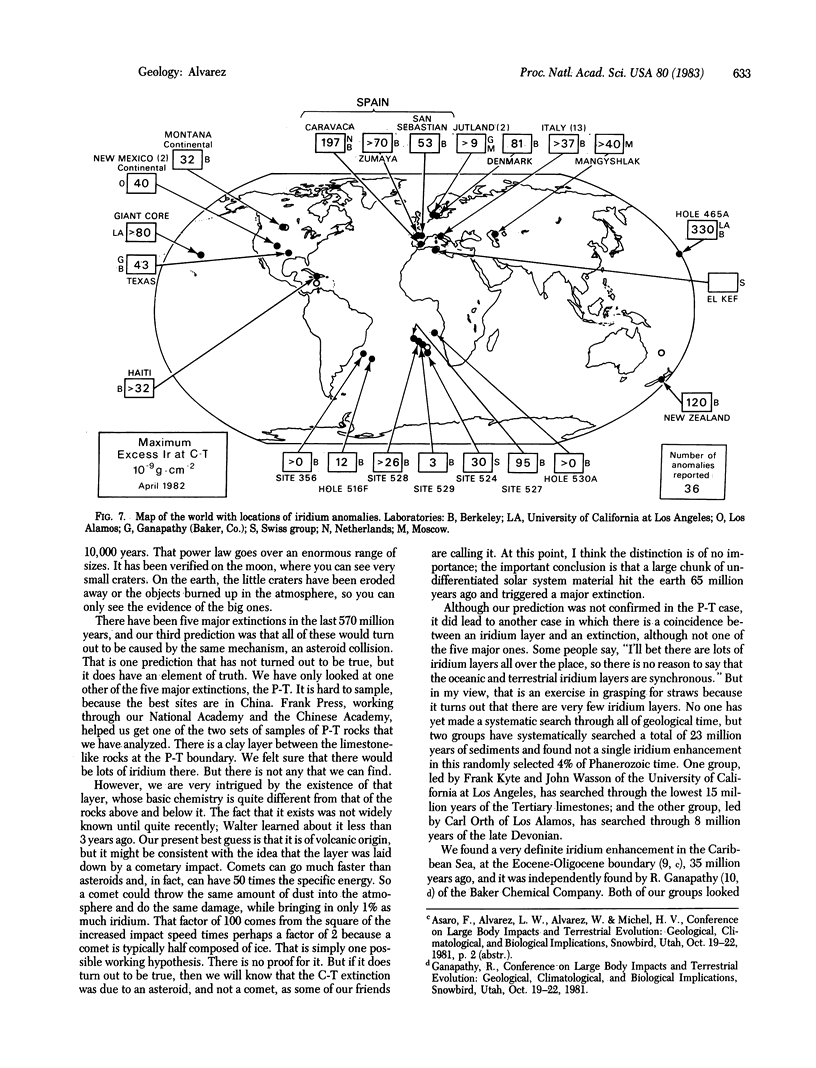
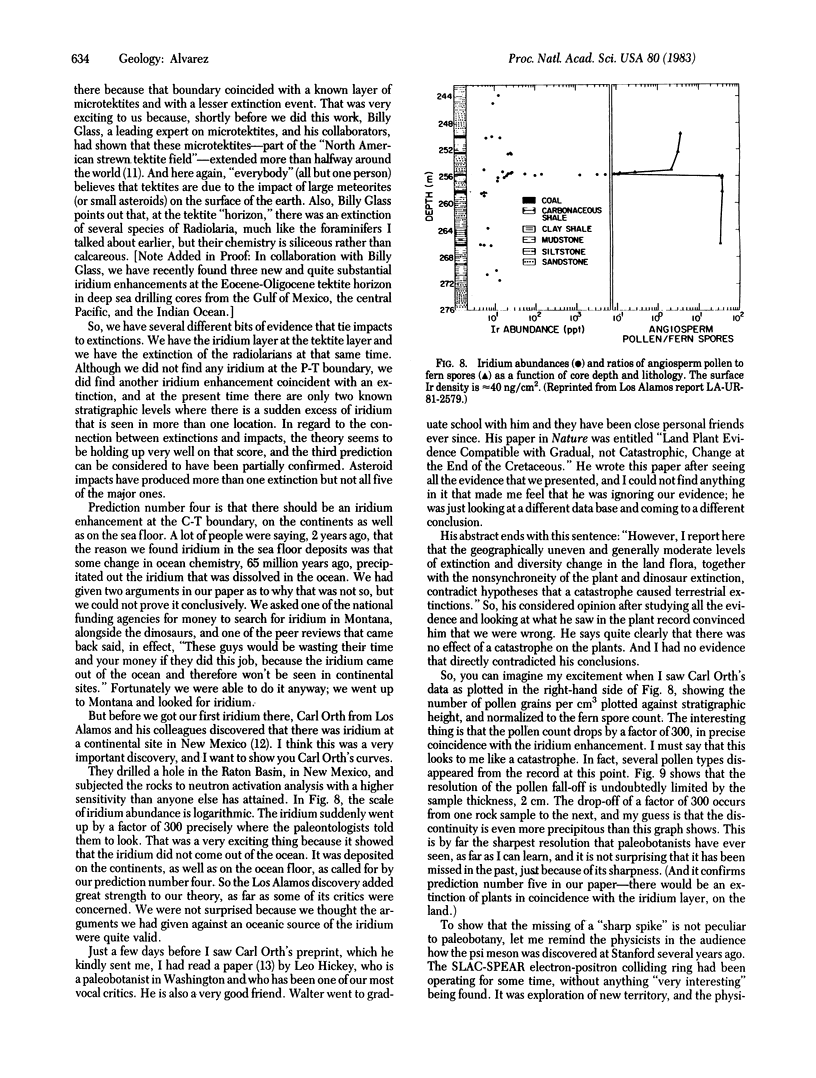
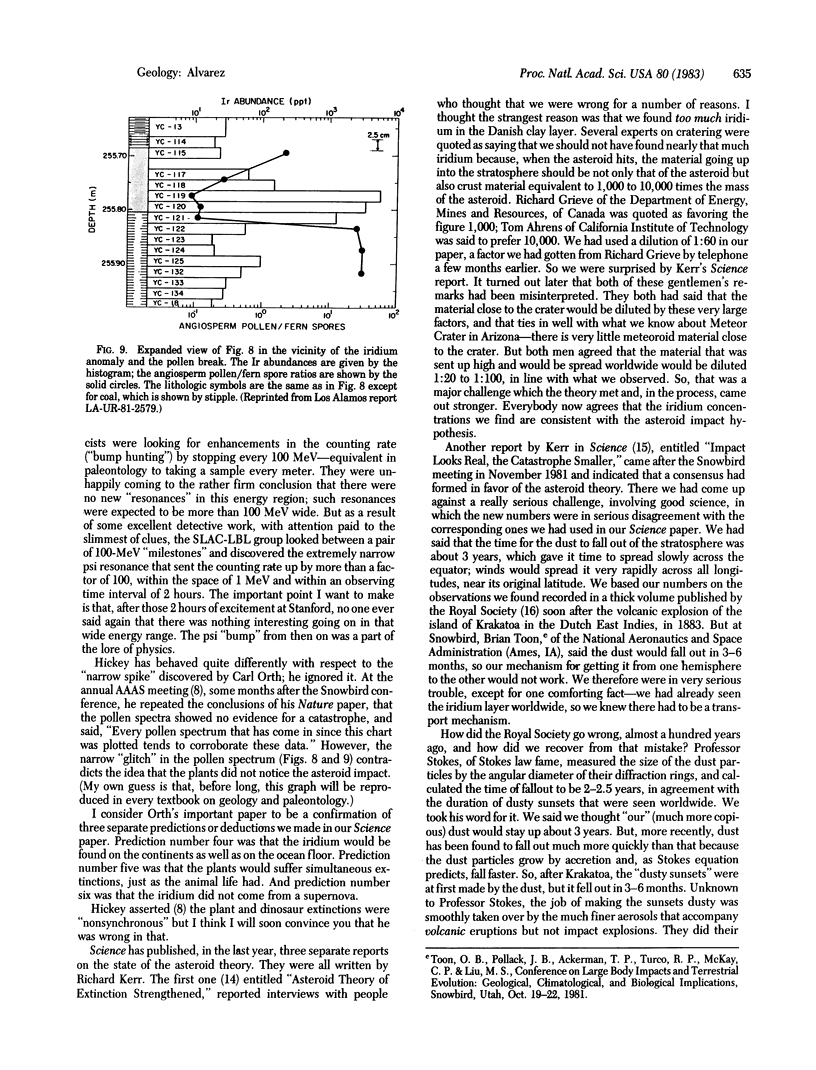
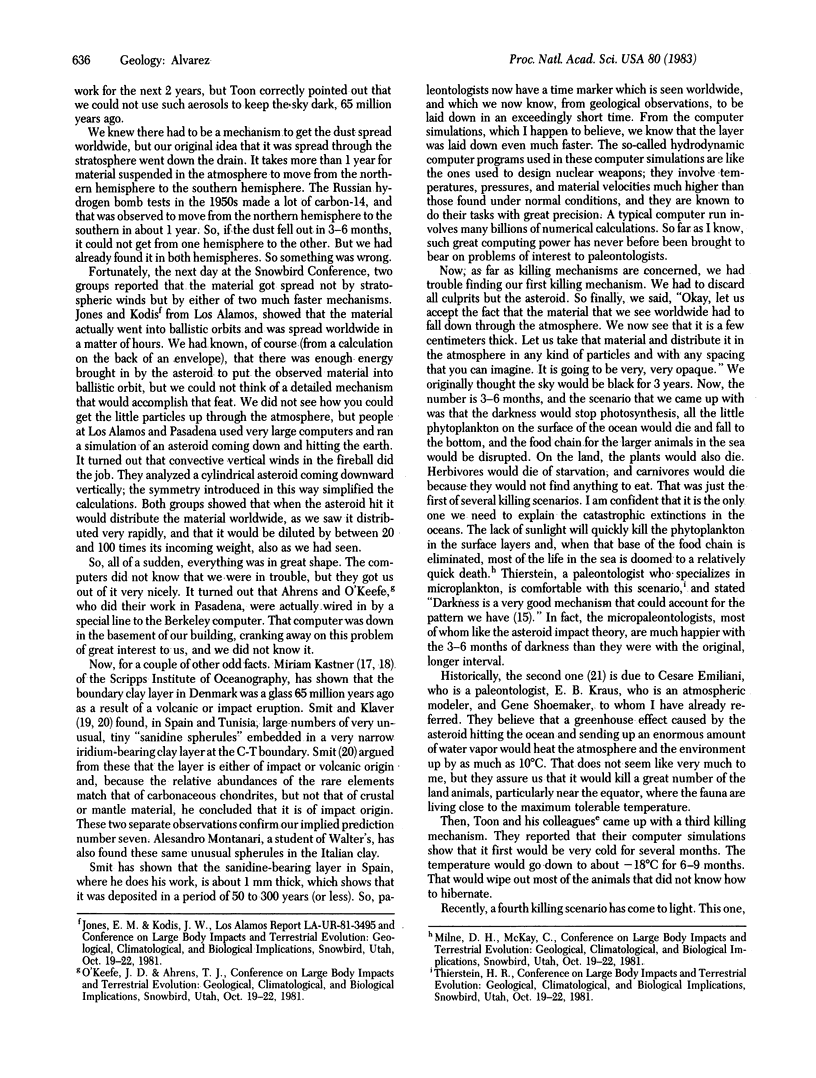
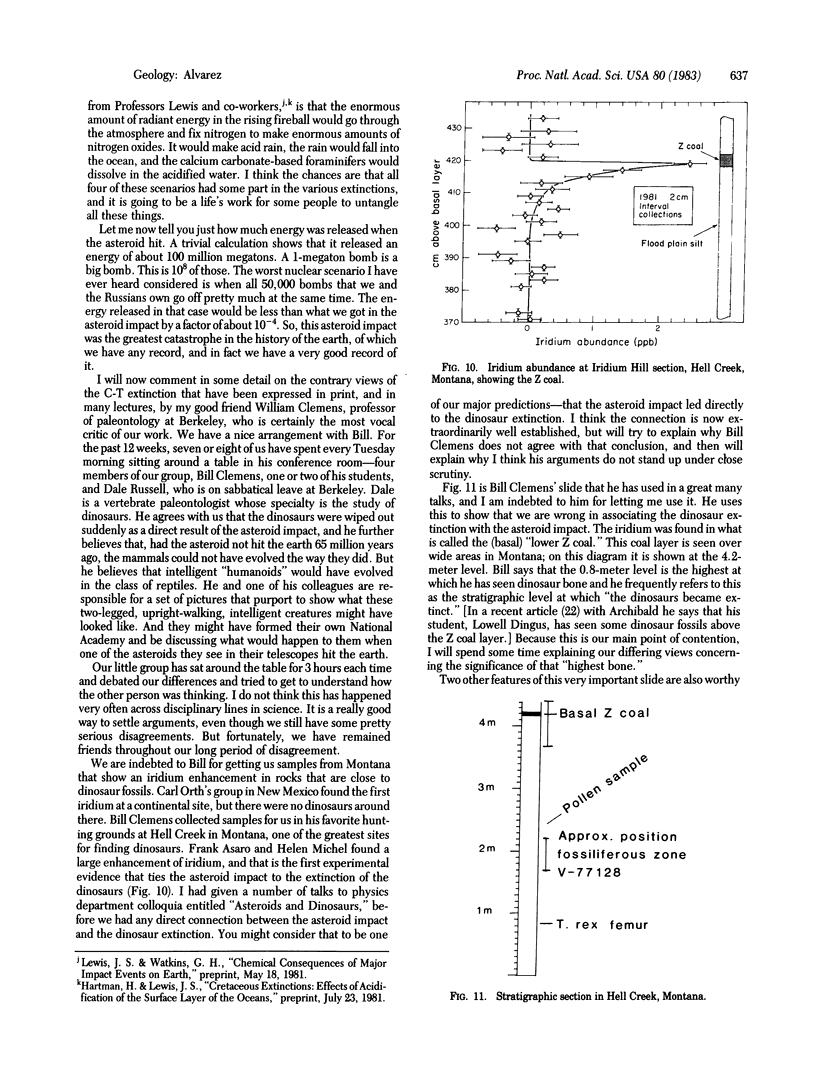
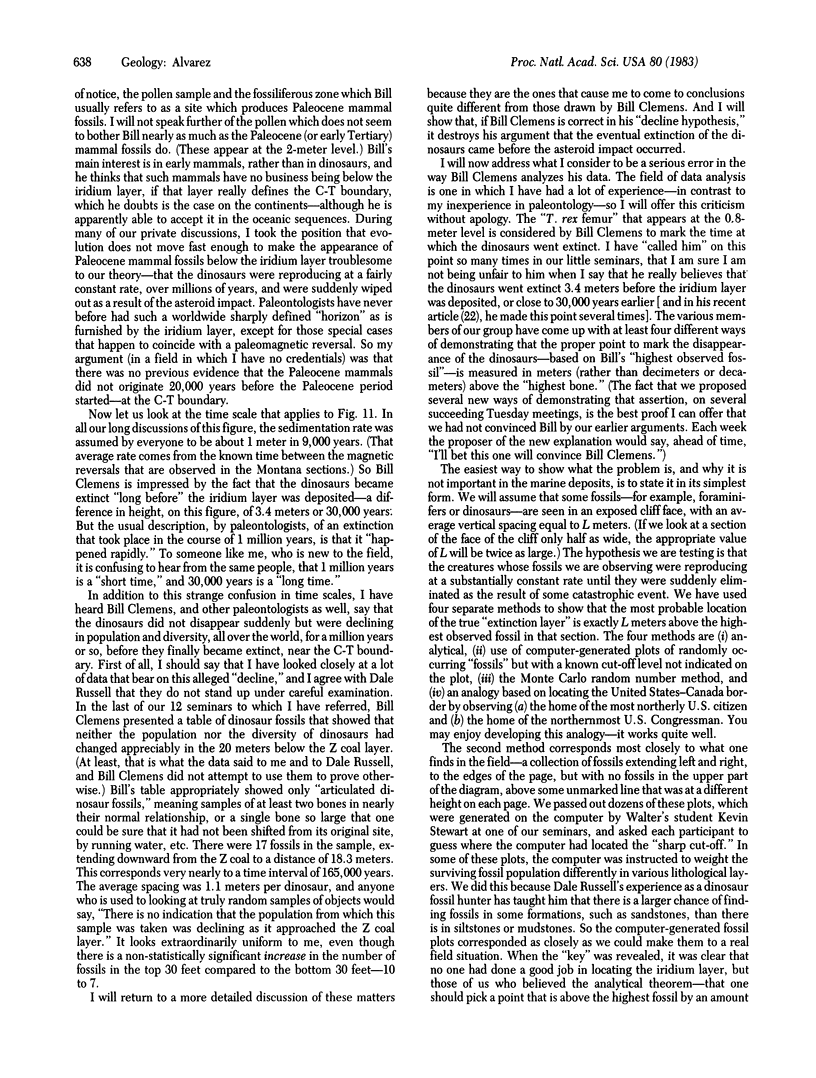
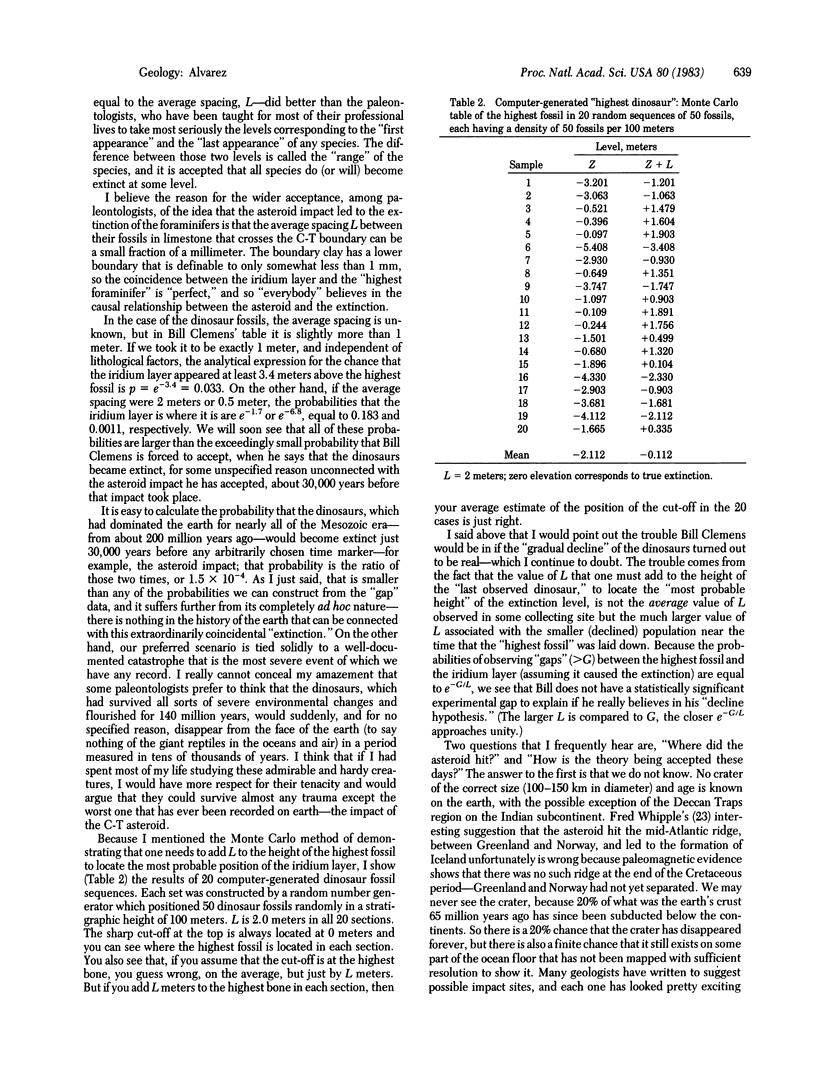
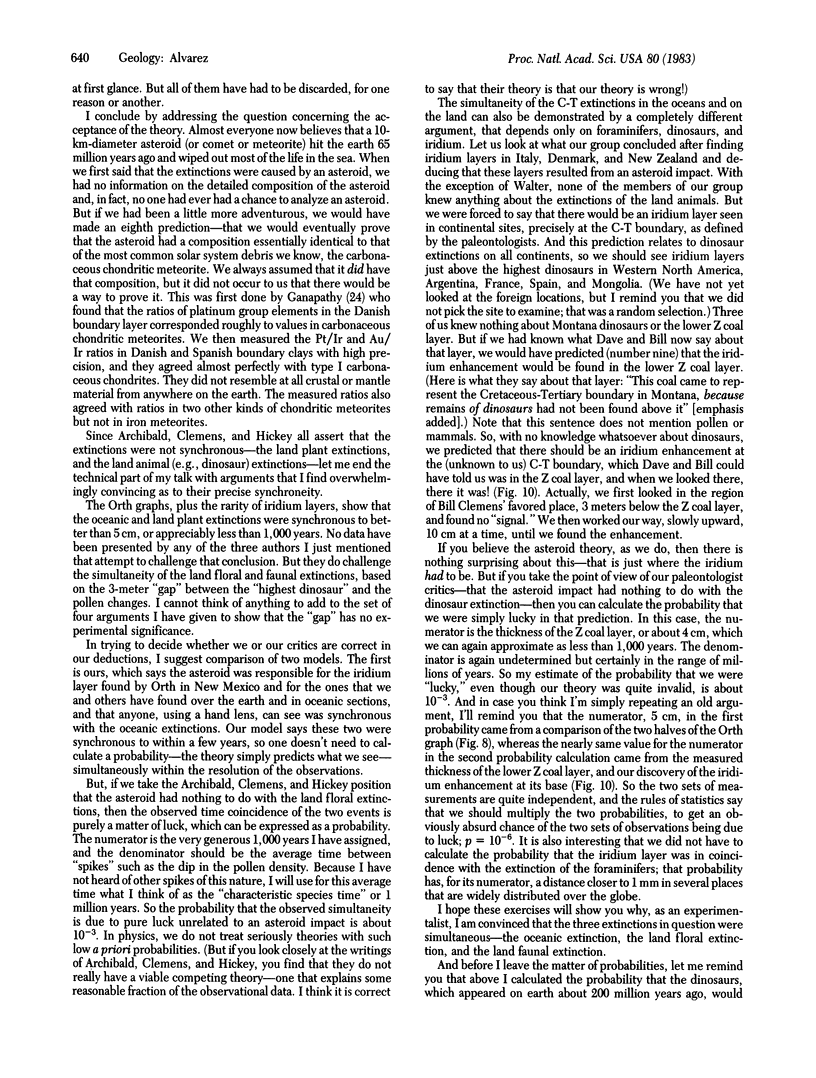
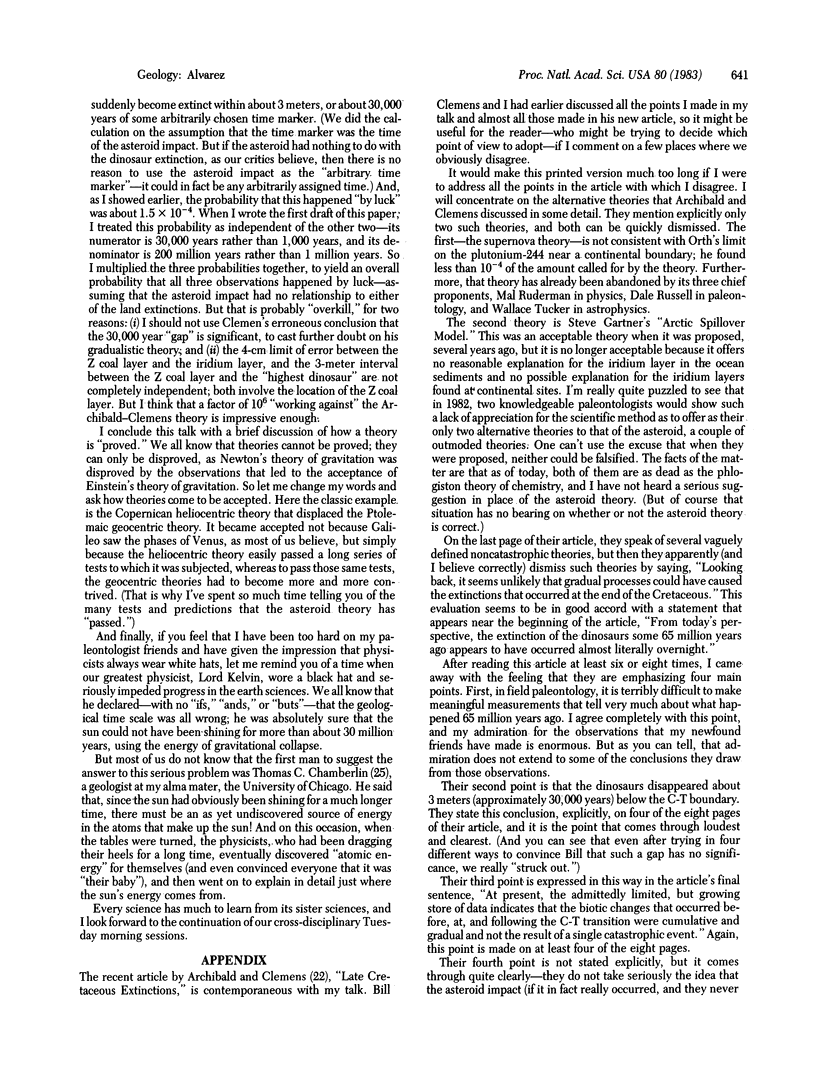
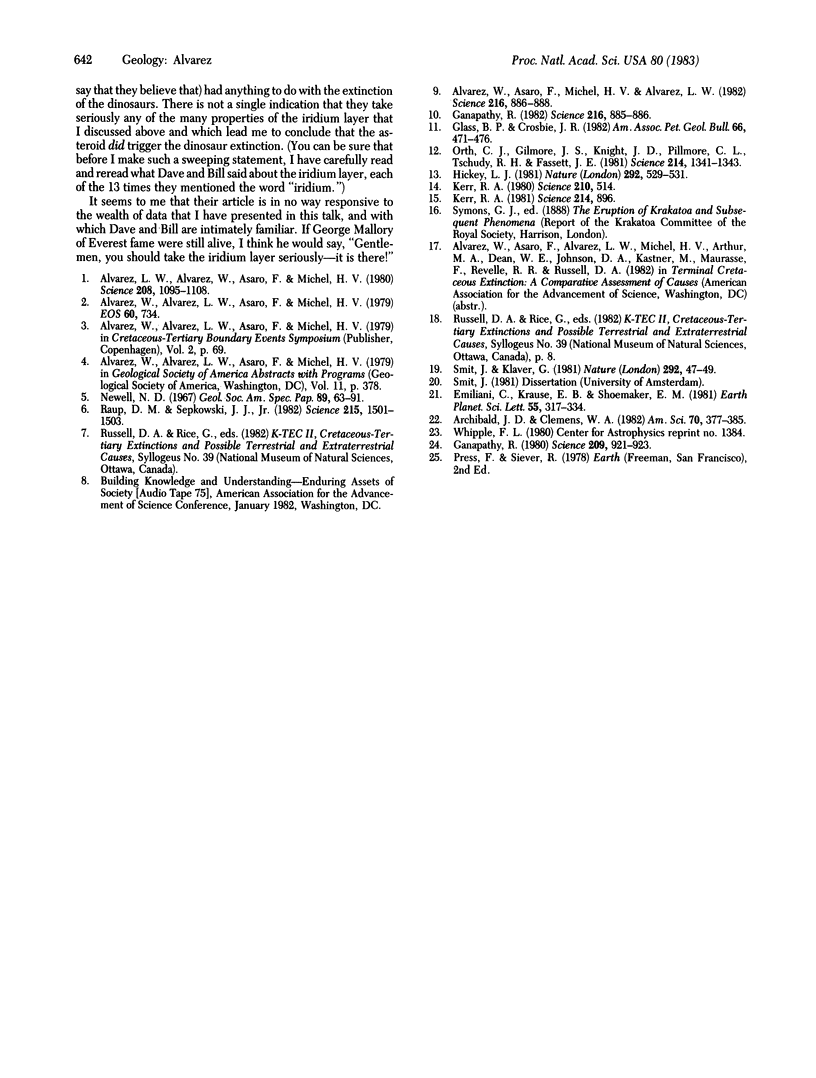
Images in this article
Selected References
These references are in PubMed. This may not be the complete list of references from this article.
- Alvarez L. W., Alvarez W., Asaro F., Michel H. V. Extraterrestrial cause for the cretaceous-tertiary extinction. Science. 1980 Jun 6;208(4448):1095–1108. doi: 10.1126/science.208.4448.1095. [DOI] [PubMed] [Google Scholar]
- Alvarez W., Asaro F., Michel H. V., Alvarez L. W. Iridium anomaly approximately synchronous with terminal eocene extinctions. Science. 1982 May 21;216(4548):886–888. doi: 10.1126/science.216.4548.886. [DOI] [PubMed] [Google Scholar]
- Ganapathy R. A major meteorite impact on the Earth 65 million years ago: evidence from the cretaceous-tertiary boundary clay. Science. 1980 Aug 22;209(4459):921–923. doi: 10.1126/science.209.4459.921. [DOI] [PubMed] [Google Scholar]
- Ganapathy R. Evidence for a major meteorite impact on the Earth 34 million years ago: implication for eocene extinctions. Science. 1982 May 21;216(4548):885–886. doi: 10.1126/science.216.4548.885. [DOI] [PubMed] [Google Scholar]
- Kerr R. A. Asteroid theory of extinctions strengthened. Science. 1980 Oct 31;210(4469):514–517. doi: 10.1126/science.210.4469.514. [DOI] [PubMed] [Google Scholar]
- Kerr R. A. Impact looks real, the catastrophe smaller. Science. 1981 Nov 20;214(4523):896–898. doi: 10.1126/science.214.4523.896. [DOI] [PubMed] [Google Scholar]
- Orth C. J., Gilmore J. S., Knight J. D., Pillmore C. L., Tschudy R. H., Fassett J. E. An iridium abundance anomaly at the palynological cretaceous-tertiary boundary in northern new Mexico. Science. 1981 Dec 18;214(4527):1341–1343. doi: 10.1126/science.214.4527.1341. [DOI] [PubMed] [Google Scholar]
- Raup D. M., Sepkoski J. J., Jr Mass extinctions in the marine fossil record. Science. 1982 Mar 19;215(4539):1501–1503. doi: 10.1126/science.215.4539.1501. [DOI] [PubMed] [Google Scholar]



